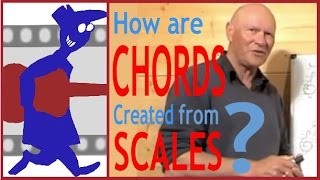Understanding Key Signatures - Part 3
Published on 26 January 2016
For more information from the source site of this video please visit: http://secretguitarteacher.com/youtube/advanced/theory/oGoS45r__f4/83837701-understanding-key-signatures-3.php
Having covered how we work out Sharp Key signatures in the last lesson we now turn our attention to flat keys.
Again we start with the key of C Major which we know from the last lesson needs neither sharps nor flats to conform to the Major Scale Formula.
But this time, instead of going up Five notes in accordance with the circle of fifths, we go up just four notes as we are exploring the circle of fourths.
This takes us to the key of F
When we measure the intervals between the notes in the F scale we get TTTSTTS.
This is almost in line with our Major Scale Formula, but the note B needs to shift one semitone down to make it fit. Notice that there is no way this problem can easily be solved using sharps. That is why we need flat names for the black notes on the keyboard as well as sharp names.
So the key of F Major is resolved by flatting note 4 from B to Bb
And we say the key of F major has one Flat, B for Battle
Notice that this is also the note that becomes the next key note in the circle of fourths..
So now we have the key of Bb Major.
Once again we have a problem to solve with the 4th note that requires flatting it to bring the scale in line with the Major Scale Formula.
So in this key, we keep the flat B for Battle and the new flat is E for Ends
So, already we can see the pattern forming, similar to the way we could with the circle of fifths in the last lesson.
In this lesson we have found that each time you raise the key a fourth you add a new flat on the fourth note. That note itself then becoming the next key note in the series.
I think we can probably fast forward to the end result now and take a look at all the keys in the circle of fourths.
Notice that each Major key again has a relative minor key that uses the same key signature and that this key is based on the 6th note of the relative Major.
Also notice that in the last two keys we have the rather weird sounding names Cb and Fb. These of course sound the same as B and E but we can't use those names in a key that already has Bb and Eb -- remember the golden rule: Only one of each letter name can be used in a major scale.
Finally notice the two things to remember
1. The new flat is always note FOUR
2. The order of flats is given by the mnemonic Battle Ends And Down Goes Charles' Father
Incidentally - Curious sounding mnemonics aren't they? -- Father Charles ... and battle Ends.. I wonder if you have spotted that the one is the reverse of the other..?
This is because the flats derived from applying the circle of fourths are actually the same as the sharps derived from the circle of fifths -- just in reverse order.
Makes sense if you think about it. Look at the notes C and G. G is the fifth in the key of C. But C is the fourth in the key of G.
Let's go over to the white board and talk you through how to apply the circle of fourths to flat key signatures.
In the next lesson we'll start to look at how we make chords from Major Scales -- this is where we begin to see just how useful this theory knowledge can be to guitarists and song writers!
See you then!
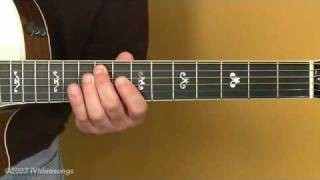 Circle of Fifths
Circle of Fifths
 Robbie Calvo - Line 6 - Helix - Slide Solo
Robbie Calvo - Line 6 - Helix - Slide Solo
 The CAGED System. Part 1 of 2.
The CAGED System. Part 1 of 2.
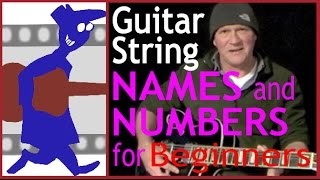 Guitar string names and numbers for beginners
Guitar string names and numbers for beginners
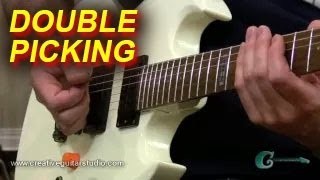 GUITAR TECHNIQUE: Double Picking
GUITAR TECHNIQUE: Double Picking
 3 Beginner Fingerstyle Riff Exercises - Guitar Les...
3 Beginner Fingerstyle Riff Exercises - Guitar Les...
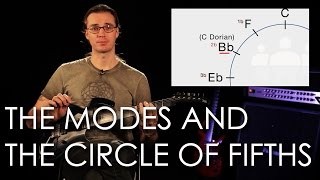 4. The Modes and the Circle of Fifths
4. The Modes and the Circle of Fifths
 Alternate Picking Exercise in the Style of Paul Gi...
Alternate Picking Exercise in the Style of Paul Gi...
 Extreme Arpeggio Workout Exercise One Guitar Lesso...
Extreme Arpeggio Workout Exercise One Guitar Lesso...
 The Secret to Lead Guitar
The Secret to Lead Guitar

